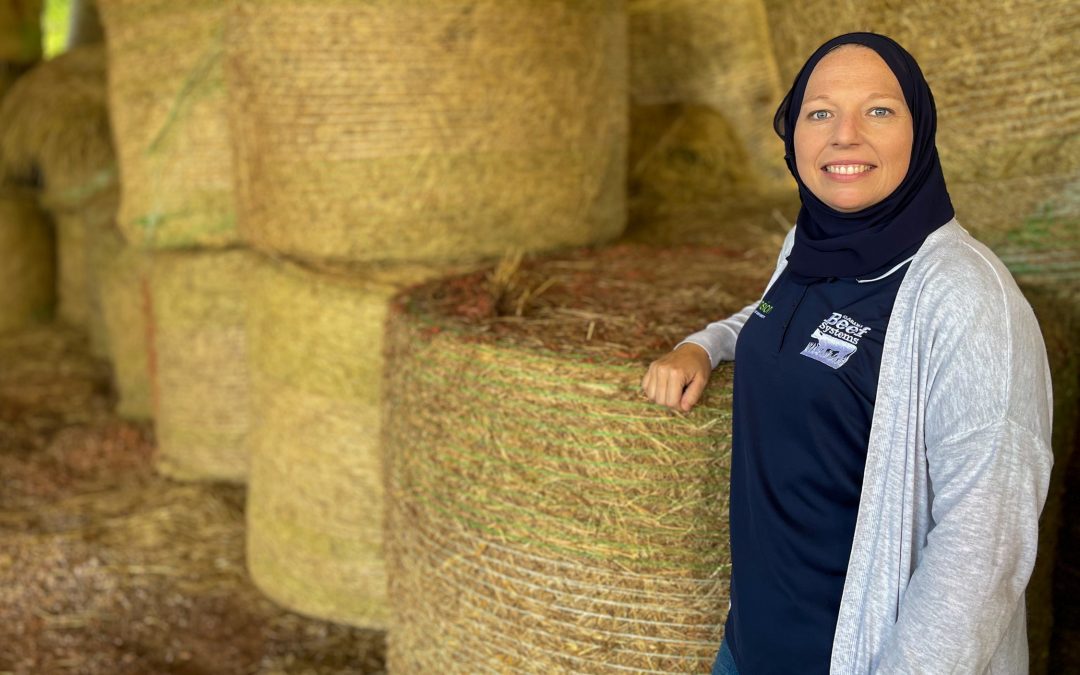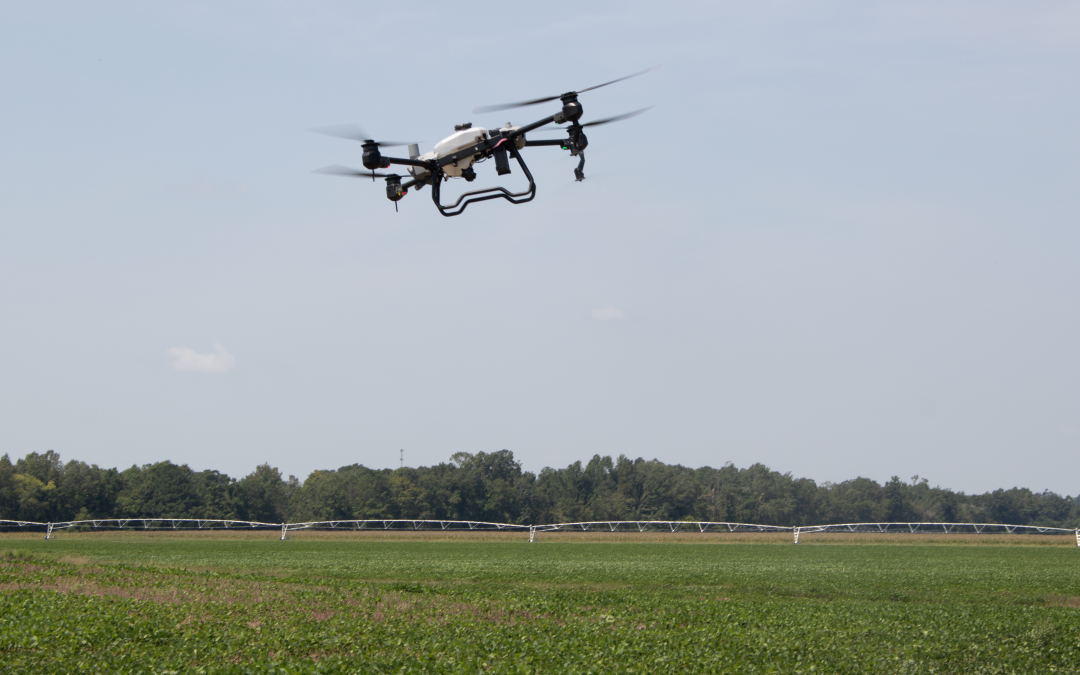by PAUL HOLLIS
Long-term climate change combined with climate variability influenced by El Niño and La Niña phases of ENSO are having a significant impact on corn yields in Alabama, according to a study co-authored by Auburn University researcher Brenda Ortiz.
“If we are to continue to successfully produce corn, we must combine farming practices that will ensure resilience against climate and weather impacts,” says Ortiz, associate professor in the College of Agriculture’s Department of Crop, Soil and Environmental Sciences.
In the study—published in the July 19 issue of the journal Nature—Ortiz and her co-authors analyzed 43 years of data to examine climate and non-irrigated yield differences in El Niño and La Niña years. They also looked at 33 years when analyzing changes in climate. The information came from three locations in Alabama and two in Georgia.
“When scientists have studied U.S. climate change trends, they’ve found that the Southeast has not been warming at the same rate as other areas of the country,” Ortiz says. “At specific locations within the region, we’re finding there is a significant warming trend compared with other areas.”
Impacts of climate change in a nationwide wide study showed a 15-percent potential decrease in corn yields for each degree increase in growing-season maximum temperature. However, weather-related variability in agricultural production is region-specific and can cut yields as much as 80 percent, Ortiz says.
“In our study, we looked at the climate change trend and its impact on dryland corn yields,” Ortiz said. “Also, we combined the climate change trend with the climate variability trend and analyzed the impact of both of those at the same time.”
Most corn production in Alabama is not irrigated, she says, so the study has important implications for the state’s growers.
Location-specific climate-yield models based on monthly maximum temperature and monthly precipitation accounted for 74 to 91 percent of corn yield variability, Ortiz says. In the corn growing-season months, the greatest deviations in maximum temperature were observed in June, when corn is a flowering and silking and when impacts on final yield can be detrimental.
“When looking at the climate and yield differences in El Niño and La Niña years, we found that non-irrigated corn yields are higher in El Niño years and lower in La Niña years,” Ortiz says. “Winter and spring precipitation is lower in a La Niña, which can have a large impact if you don’t have irrigation. During 43 years, we found that corn yields were 119.80 bushels per acre in La Niña years and 135.4 bushels per acres during El Niño years.”
Adopt to adapt
Farmers can adopt strategies, she said, to help mitigate these climate-induced negative effects on crop yields.
“The strong connection between Southeastern U.S. climate and ENSO phases has resulted in seasonal climate forecasts with lead times of up to several months prior to the spring planting season,” Ortiz says. “For a given ENSO phase, a grower can use the seasonal climate forecast to select management practices that reduce the risk of adverse climatic conditions or ones that will capitalize on favorable climate conditions.”
These management practices can include adjusting planting dates to avoid the higher-than-normal temperatures during reproductive growth stages of the crop or taking advantage of the expected increased spring precipitation in El Niño years.
Other farming practices that could be used to help mitigate climate impacts include using cover crops, conservation tillage, irrigation and methods for scheduling irrigation that tell farmers specifically how and when to irrigate.
“Our results suggest that future year-to-year corn yield variability might be greater than previously estimated in the Southeast due to the combined effect of elevated June to July maximum temperatures, both of which are mediated by climate change and ENSO conditions,” Ortiz says.
The researchers’ findings emphasize the importance of developing region-specific adaptation strategies that take into effect climate change and ENSO effects on crop yields.
Other co-authors of the study include Spyridon Mourtzinis, Department of Agronomy, University of Wisconsin-Madison, and Damianos Damianidis, Department of Crop, Soil and Environmental Sciences, Auburn University. Read the entire article, “Climate Change and ENSO Effects on Southeastern US Climate Patterns and Maize Yield.”




